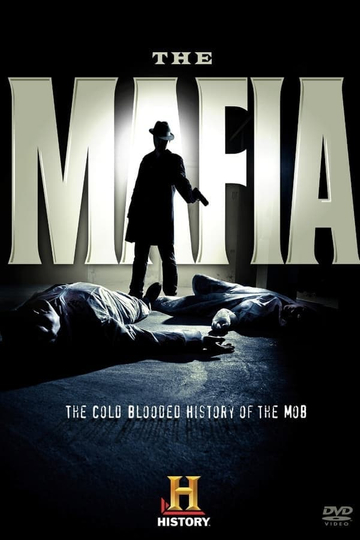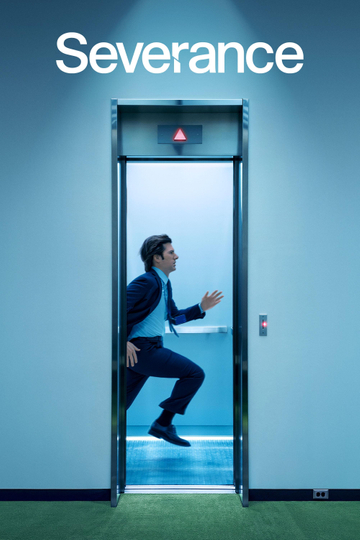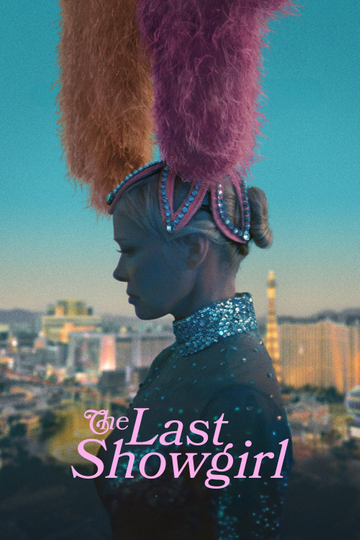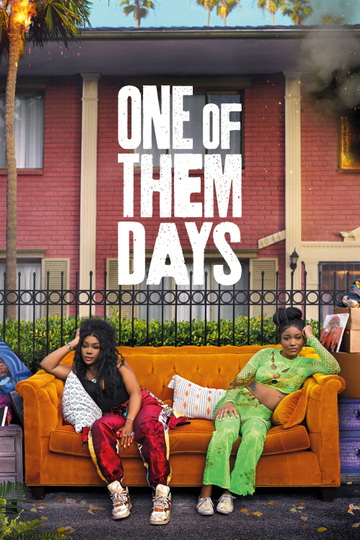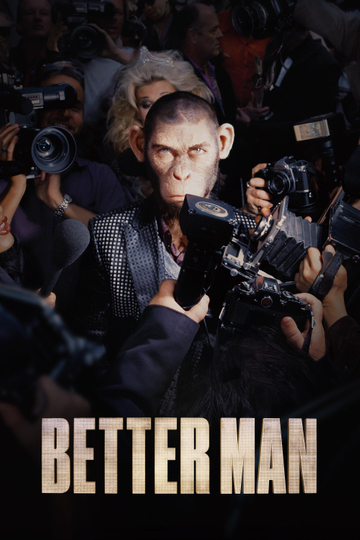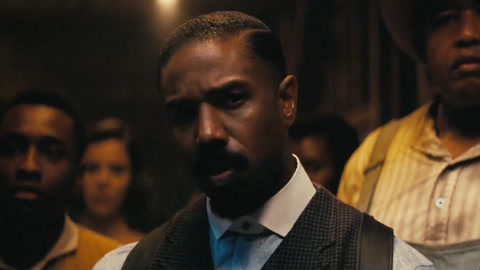Season 1 Episodes
1. The Prohibition Years
American Justice goes back in time to the Prohibition Era. From January 16th, 1920 with the ratification of the 18th Amendment to the Constitution banning the production, transportation, and sale of alcohol in the United States to it's repeal on December 5th, 1933. The Prohibition Era led to a high demand for illegal alcohol and spawned the beginnings of organized crime in America. But it also brought about great changes to the American Justice system to counter these new criminals.
2. Birth of the American Mafia
American Justice chronicles the history of the American Mafia. The Mafia is profiled from it's origin on the island of Sicily to those same Sicilian's immigrating to New Orleans, and from there the Mafia's move to Chicago and it's infamous leader Alphonse Capone.
3. The Kennedys and the Mob
American Justice examines the Kennedy family and their polarized relationship with organized crime throughout the years. Starting with Joseph P. Kennedy who had made much of his fortune on Wall Street, also allegedly made a lot of money in illegal bootlegging during the prohibition years. His son Robert F. would become U.S. Attorney General and fiercely go to war against the mob, leaving them feeling betrayed. Then John F. who would go on to become President of the United States was rumored to have used to mob via the C.I.A. to make and assassination attempt against Fidel Castro, but then was assassinated himself under mysterious circumstances that some believed the mob was behind.
4. Unions and the Mob
American Justice goes back in time to take an in-depth look at labor unions and how organized crime used intimidation and murder to gain a stranglehold on the livelihood of the American work force.
5. Empire of Crime
On this segment of American Justice host Bill Kurtis narrates an hour long look at the Mafia in it's "hay day" and some of it's most lucrative adventures. From the Prohibition Era up to World War II the Mafia enjoyed the excesses of legalized alcohol, casino's, prostitution, control of the dock's in New York, and racetrack betting. Among those profiled are Lucky Luciano, Meyer Lansky, Frank Costello, and Bugsy Siegel.
6. Lucky Luciano: Chairman of the Board
He ran the Mob like a corporation--diversifying rackets, organizing gangs and running his own political candidates--and his top-secret war efforts earned him parole from a 50-year sentence.
7. Meyer Lansky: Mob Tycoon
From the pogroms of Eastern Europe to the heyday of the Vegas Mob, rare footage and interviews reveal the double life of the man known as the Mob's financial leader.
8. Genovese: Portrait of a Crime Family
Known for their high level of sophistication, the Genovese family not only played a leading role in creating the structure of organized crime in America, but in shaping how the mob used its vast power.
9. Bugsy Siegel
Handsome, glamorous and the most vicious crime boss of all, Benjamin "Bugsy" Siegel began as a hit man on the streets of Brooklyn and died the victim of a mysterious murder, but not before turning a desert mirage into a Las Vegas dreamland.
10. Al Capone and the Machine Gun Massacre
Crime boss Al Capone elevated the violence of Prohibition Chicago to a new level with the Thompson submachine gun, a messenger of death that led to one of the most famous mass murders in history.
11. America and the Mob: Wartime Friends
Crime boss Al Capone elevated the violence of Prohibition Chicago to a new level with the Thompson submachine gun, a messenger of death that led to one of the most famous mass murders in history.
12. The Gambinos: First Family of Crime
Trace the rise and fall of one of the most famous Mafia families, from crime legend Carlo Gambino to his successor Paul Castellano, and the reign of John Gotti.










